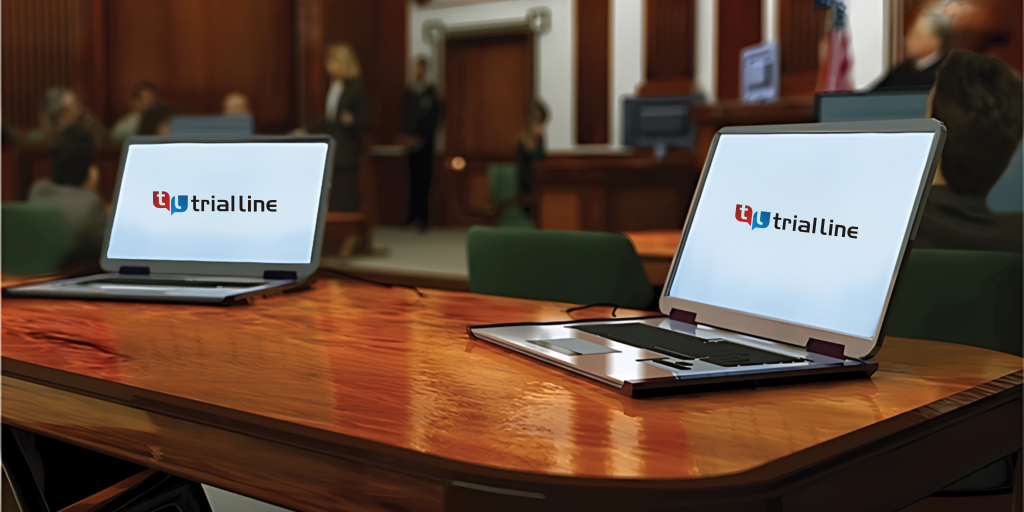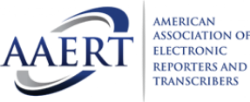The Role of Trial Presentations in Creating Persuasive Closing Arguments
The Role of Trial Presentations in Creating Persuasive Closing Arguments
Blog Article
Just How Effective Trial Presentations Can Win Your Situation
The efficiency of trial discussions is often ignored, yet they play a crucial function fit juror understandings and affecting situation end results. By comprehending the audience and crafting a story that resonates on both intellectual and psychological levels, lawyers can substantially enhance their influential power. The critical use of visuals and fine-tuned delivery methods can boost the clarity of complicated details. As we explore the elements that add to a compelling test discussion, the question stays: what details techniques can lawyers use to ensure their message not only reverberates yet also obliges activity?

Recognizing Your Audience
Recognizing your audience is vital for delivering an efficient test presentation. Recognizing who will exist in the courtroom-- jurors, judges, and rival guidance-- allows you to tailor your message in a manner that reverberates with them. Each group has distinctive expectations, predispositions, and histories, which can considerably affect their perception of the case.
For jurors, it is vital to think about demographics, life experiences, and cognitive prejudices. Jurors might originate from various professions and social backgrounds, affecting their interpretation of evidence and arguments. Engaging with them through relatable examples and clear, straightforward language can foster better understanding and empathy.
Judges, on the other hand, concentrate on legal standards and step-by-step honesty. Discussions need to be succinct and based in the legislation while appreciating court decorum. Recognizing the court's choices and previous rulings can additionally boost your approach.
Efficient interaction pivots on identifying these differences and adjusting your presentation style as necessary (trial presentations). By preparing for the target market's reactions and addressing their problems, you can develop an extra persuasive story that astounds interest and promotes favorable end results
Crafting an Engaging Narrative
A well-crafted story works as the backbone of an effective test presentation, guiding the target market with complex details while evoking emotional feedbacks. This narrative should start with a clear and appealing intro that establishes the stage, laying out the crucial themes and concerns at stake. Developing a relatable protagonist-- often the customer-- can create an individual connection with the court, drawing them right into the story.
The body of the story should offer the truths in a logical sequence, weaving together evidence and statement to build a cohesive disagreement. Each item of info ought to support the overarching theme, enhancing the preferred message without overwhelming the audience with unneeded details. Transition phrases can be particularly powerful, aiding to maintain circulation and keep the court engaged.
Ultimately, the conclusion should resonate emotionally, summing up the case's value and advising the court to do something about it via their decision. By crafting an engaging story that is both structured and psychologically resonant, lawyers can successfully convey their case's values, making find this it easier for jurors to recognize and remember the essential factors long after the test concludes. This method not only educates yet likewise encourages, boosting the possibility of a positive end result.
Utilizing Visual Aids Efficiently

Visual aids play an essential function in improving trial presentations, transforming complex data into accessible information that jurors can easily comprehend. By utilizing graphes, charts, layouts, additional hints and multimedia components, lawyers can clear up complex factors and keep jurors' interest. Visual help promote the understanding of proof, making abstract ideas concrete and relatable.
When selecting visual help, importance and simpleness are critical. Each visual should straight sustain the situation story and strengthen vital disagreements without frustrating the viewer. Extremely intricate visuals can take away from the message, causing confusion as opposed to clearness.
Additionally, the strategic positioning of visual help throughout presentations is essential. They need to be introduced at zero hours to highlight crucial proof or to show significant modifications or trends. This timing permits jurors to process details efficiently, enhancing retention and recall throughout deliberations.
Moreover, it is vital to make certain that visual help are technologically compatible with the court environment. Knowledge with the equipment and a back-up strategy can stop technological glitches that could disrupt the circulation of the discussion. In summary, efficient use of visual help can considerably strengthen a trial presentation, bring about a stronger link with the court and a more convincing instance overall.
Engaging Feeling and Compassion
While presenting accurate proof is vital, interesting emotion and empathy in test discussions can profoundly influence jurors' understandings and choices. Jurors are not just decision-makers; they are people who respond to stories that reverberate on a personal level. By weaving psychological components right into the presentation, attorneys can produce a link that goes beyond plain statistics and legal jargon.
Storytelling is a powerful device in this context. By offering the instance as a story that highlights the human impact of the events concerned, lawyers can stimulate sensations of concern, temper, or perhaps are afraid - trial presentations. These feelings can substantially persuade jurors, making them more most likely to understand with the complainant or offender

Inevitably, a test presentation that successfully involves feeling and empathy can produce an engaging debate that reverberates deeply, leading jurors to feel an individual risk in the case, consequently boosting the possibilities of a favorable decision.
Practicing Distribution Strategies
Involving feeling and compassion lays a solid foundation for trial presentations, but the performance of these elements depends upon the shipment methods utilized by the lawyer. Mastering delivery techniques is vital for making sure that the message reverberates with the jury. This includes practicing tone, speed, and body language to improve integrity and link with the target market.
Rehearsing the presentation several times allows attorneys to refine their style and identify locations for renovation. Recording technique sessions can provide valuable insights right into one's nonverbal signs and singing inflections, assisting to eliminate distracting habits. In addition, obtaining comments from peers can highlight staminas and weaknesses, guiding more improvement.
Efficient use of pauses can additionally be an effective technique; they allow the court to absorb critical information and increase emotional click for info impact. Attorneys need to likewise be conscious of eye contact, as it fosters trust fund and interaction with jurors.
Eventually, the combination of exercised delivery strategies and the psychological resonance of the discussion can substantially influence the court's understanding, creating an engaging case that stands out in their minds. The power of well-executed distribution can not be overstated in the search of a beneficial verdict.
Final Thought
In recap, effective trial presentations are pivotal in influencing juror choices. Understanding distribution techniques even more magnifies these components, ultimately contributing to a convincing situation discussion.
Report this page